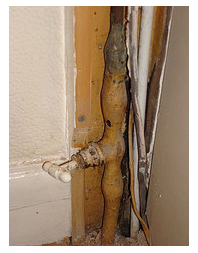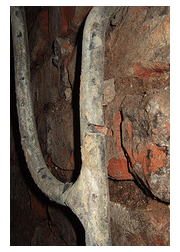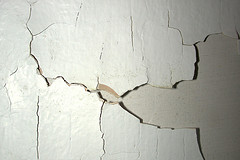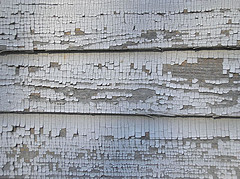What You Need to Know About Lead Exposure
Why Worry About Lead?
Lead is a highly toxic metal found in many products in and around our homes. Lead is known to cause a wide range of heath issues including learning disabilities, behavior problems, neurological symptoms, seizures, and death.
Lead was very prevalent in paints until 1978 when it was banned by the federal government. Many cases of lead poisoning are a result of exposure to these lead-based paints. Lead dust is formed by friction between the lead paint and a second surface. An example of this would be the opening and closing of a window with lead paint trim, or the opening and closing of a cabinet that is painted with a lead-based paint. As friction occurs in these settings, lead dust is released and then can be inhaled. Lead paint chips and lead dust can be ingested easily by children.

Older water-supply pipes pose another lead risk. Older homes had pipes made of lead; some pipes were lined with lead. A major issue is the existence of a lead water pipe into the home from the street connection. This is a major health hazard and one that is expensive to correct.
 What Should Be Done About Lead?
What Should Be Done About Lead?
If you are purchasing a home built before 1978, you should also consider having professional lead testing performed. It should be noted that young children are more susceptible to lead poisoning because their bodies and neurological function are still developing. If you have young children, testing for lead is very important because the health risks associated with lead poisoning can be very severe. The lead test will show you where in the home any lead paint exists. Peeling and chipping lead paint should be addressed immediately by a lead paint specialist.


Want to Know More?
Additional information on lead poisoning, lead testing, and remediation:
Environmental Protection Agency Guide to Lead in Homes
